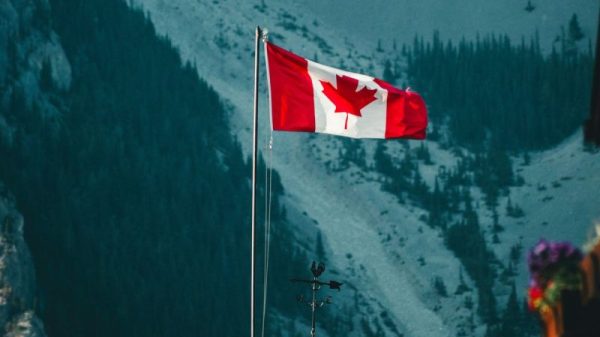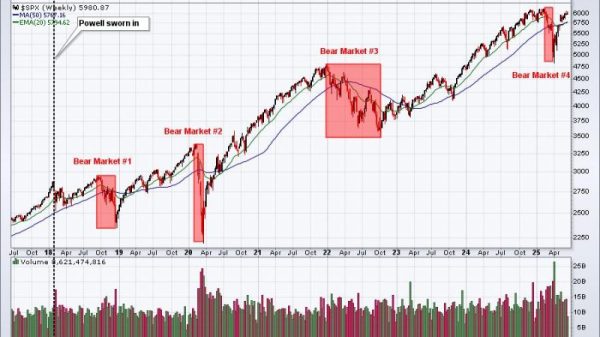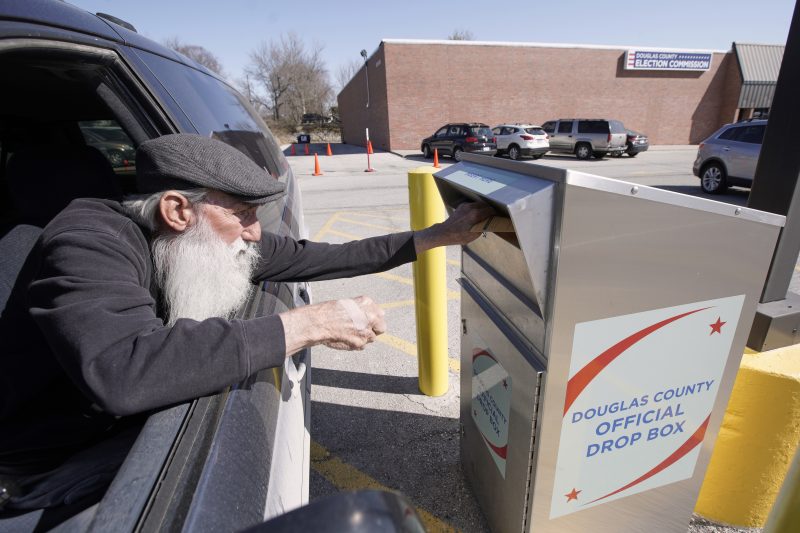The Democratic Party’s blue wall around the Great Lakes has sprung a leak since the 2020 Census.
The trifecta of Wisconsin, Michigan and Pennsylvania stood for more than a decade as the last Democratic bulwark to Republicans seeking the White House, with enough votes on their own among the core swing states to give Democrats a majority in the electoral college. Cracks in the Democratic hold on those three states in 2016 gave Republican Donald Trump the margin he needed to win.
But the math has changed since 2020 because congressional redistricting has reduced the number of electoral votes in some key states, including Michigan and Pennsylvania. That means Democrats must look elsewhere in 2024 for an additional electoral vote to tip the election if they want to win by holding the northern trio.
Enter Omaha.
Nebraska’s 2nd District awards a single electoral college vote — enough to push a Democrat across the finish line along with Wisconsin, Michigan and Pennsylvania.
“The industrial north strategy — the old blue wall that held even for Al Gore and John Kerry when they lost — you now need Nebraska-2 to make that math work,” said Kyle Kondik, an election handicapper at the University of Virginia’s Center for Politics. “The importance is that it may be that Biden’s best path back to a second term is to essentially hold the Upper Midwest and win Michigan, Wisconsin and Pennsylvania.”
Future Forward, the largest Democratic presidential super PAC, acknowledged the reality this month when it reserved about $130 million in advertising from late August through Election Day. That included $3.7 million for the Omaha market, or 2.9 percent of the entire buy, according to AdImpact, a tracking firm. In 2020, Future Forward spent only $698,775 on television ads in the district, or about 0.6 percent of its entire effort.
A person familiar with Future Forward’s strategy, who was not authorized to speak publicly about internal planning, said the reservations were made after an analysis of the efficiency of spending per electoral vote under the new 2020 Census maps.
Like Maine, Nebraska divides its electoral votes among statewide and congressional district winners, allowing the congressional swing district in the Omaha metro area a single vote that Democrats have won twice since 1991 — in 2008 by Barack Obama and in 2020 by Joe Biden. The district has higher incomes and education levels than the rest of the red state, making it a surprising bellwether for the country. Biden won Nebraska’s 2nd District by 6.5 percentage points in 2020, a bit more than his national margin of 4.5 points.
Both the Trump and Biden campaigns have drafted multiple paths to 270 electoral votes, the bare majority needed to win. Under a scenario where Biden only wins the three northern swing states and the other uncontested blue states, a loss in Nebraska’s 2nd District could result in a 269-269 tie — kicking the selection of the president to the House, where Republicans currently have an advantage in the number of state delegations they control.
The Biden team has so far focused on two clear buckets of voters in its early organizing and advertising: industrial Upper Midwest states, where largely White working-class voters have historically voted Democratic, and growing southern belt states of Nevada, Arizona, Georgia and North Carolina, where Black and Latino voters matter more.
The distinguishing feature of the electoral map this cycle, barring a major shift or third-party challenge, is how small the battlefield is at the start. During the last election, just 10 states and two congressional districts were targeted by Republican or Democratic nominees’ campaigns, a sharp drop from the average of 26 states that were targeted each year between 1952 and 1980, according to a forthcoming book by political scientists Daron R. Shaw, Scott Althaus and Costas Panagopoulos.
Florida, long a presidential swing state, is now considered as relatively safe Republican territory, with Democrats focusing elsewhere for the moment. But Democrats have been consoled by the fact that their party won high-profile statewide senate or gubernatorial contests in 2022 in Arizona, Nevada, Georgia, Michigan and Pennsylvania. In Wisconsin, a Republican won the senate contest, while a Democrat was reelected governor.
The Biden campaign, which spent $2.6 million on ads in the Omaha area in 2020, declined to say whether Nebraska’s 2nd District would be a focus.
“At this stage in the race, we’re being strategic about keeping multiple pathways to 270 electoral votes,” Biden campaign spokeswoman Lauren Hitt said in a statement. “Since the President was elected in 2020, we’ve made significant and ongoing investments in state parties and on-the-ground infrastructure.”
Taylor Budowich, the chief executive of the main Trump super PAC, MAGA Inc., said his organization is looking broadly for 2024. Another Trump supporting group, Preserve America PAC, spent $1.9 million in Omaha in 2020, while the Trump campaign spent about $126,000, according to AdImpact.
“Every electoral vote is in play because there isn’t a voter in America who is better off today than they were under President Trump,” Budowich said.
Rep. Don Bacon (R-Neb.), who at times is a supporter and at times a critic of Trump, won reelection to the 2nd District by less than 6,000 votes in 2022, after facing a tough challenge from state Democratic lawmaker Tony Vargas.
Vargas is now running again, and the Democratic Congressional Campaign Committee has put his campaign in its top tier, hoping that the coordinated effort for the presidential campaign helps push him over the top. A coordinated campaign effort is expected to be announced later in the summer.
“Tony came within 2.6 points of unseating Don Bacon in 2022, and now he’s building on that momentum,” said Mallory Payne, a spokeswoman for the DCCC.
Matthew Zacher, the campaign manager for Bacon, said that the congressman expected to win the district like he did in 2000, regardless of how the presidential race plays out.
“He can outperform the national headwinds or any winds,” Zacher said. “He has a relationship with the voters here, and the people know him uniquely.”
One potential complication to the plans to make Omaha into a battleground is a bill that has been introduced in the Nebraska legislature by state Sen. Loren Lippincott (R) to give all of the state’s electoral votes to the winner of the statewide ballot. He introduced the bill in 2023, quickly winning the support of Nebraska’s Republican secretary of state, Bob Evnen.
But Gavin Geis, the executive director of Common Cause Nebraska, said the bill is unlikely to be put forward for a full vote before the state’s legislative session ends for the year on April 18.
“If the bill did make it out of committee with a priority it would have to be debated on the floor, but that would definitely lead to an extended filibuster,” Geis said in a statement. “So its odds are slim.”





















